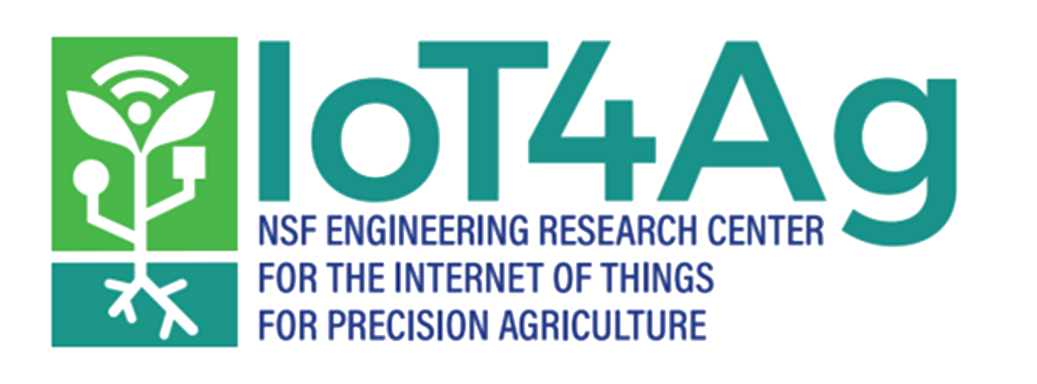Research Advances Future Tools for Bountiful Crops
Outcome/Accomplishment
In one of many efforts to develop new tools for agricultural crop production and practices, researchers have developed a new approach for using robots, sensors, and the latest communications technologies to monitor the state of plant and soil health and help farmers produce food for the future. This research is being performed by a team from the NSF-funded Internet of Things for Precision Agriculture (IoT4Ag) Engineering Research Center (ERC), headquartered at the University of Pennsylvania.
Impact/Benefits
Monitoring of agricultural crops is still accomplished primarily through the expensive, labor-intensive, and time-consuming process of crop scouting, by manual sampling and documenting the state of the field. This project is creating optimization algorithms to plan the motion of single robots and coordinate multiple robots tasked with efficiently collecting data in crop fields to save time and money while improving information access for farmers.
Explanation/Background
Precision agriculture involves the use of technology to acquire and analyze data from the field. However, currently technologies such as sensors are limited or non-existent that can spatially, temporally, and compositionally monitor the state of the field; data is coarse-grained and siloed in equipment; communications infrastructure is limited or non-existent on the farm; and interventions are reactive and over-provisioned, increasing economic and environmental costs. While the concept of precision agriculture has existed for 30 years, the exponential growth in information technology and data science and the reduction in their cost is setting the stage for the next revolution in agricultural practices.
IoT4Ag will create novel, integrated systems that capture the microclimate and spatially, temporally, and compositionally map heterogeneous stresses for early detection and intervention to yield better outcomes in agricultural crop production. The Center will create internet of things (IoT) technologies to optimize practices for every plant; from sensors, robotics, and energy and communication devices to data-driven models constrained by plant physiology, soil, weather, management practices, and socio-economics.
Location
Philadelphia, Pennsylvaniawebsite
Start Year
Microelectronics and IT
Microelectronics, Sensing, and IT
Lead Institution
Core Partners
Fact Sheet
Outcome/Accomplishment
In one of many efforts to develop new tools for agricultural crop production and practices, researchers have developed a new approach for using robots, sensors, and the latest communications technologies to monitor the state of plant and soil health and help farmers produce food for the future. This research is being performed by a team from the NSF-funded Internet of Things for Precision Agriculture (IoT4Ag) Engineering Research Center (ERC), headquartered at the University of Pennsylvania.
Location
Philadelphia, Pennsylvaniawebsite
Start Year
Microelectronics and IT
Microelectronics, Sensing, and IT
Lead Institution
Core Partners
Fact Sheet
Impact/benefits
Monitoring of agricultural crops is still accomplished primarily through the expensive, labor-intensive, and time-consuming process of crop scouting, by manual sampling and documenting the state of the field. This project is creating optimization algorithms to plan the motion of single robots and coordinate multiple robots tasked with efficiently collecting data in crop fields to save time and money while improving information access for farmers.
Explanation/Background
Precision agriculture involves the use of technology to acquire and analyze data from the field. However, currently technologies such as sensors are limited or non-existent that can spatially, temporally, and compositionally monitor the state of the field; data is coarse-grained and siloed in equipment; communications infrastructure is limited or non-existent on the farm; and interventions are reactive and over-provisioned, increasing economic and environmental costs. While the concept of precision agriculture has existed for 30 years, the exponential growth in information technology and data science and the reduction in their cost is setting the stage for the next revolution in agricultural practices.
IoT4Ag will create novel, integrated systems that capture the microclimate and spatially, temporally, and compositionally map heterogeneous stresses for early detection and intervention to yield better outcomes in agricultural crop production. The Center will create internet of things (IoT) technologies to optimize practices for every plant; from sensors, robotics, and energy and communication devices to data-driven models constrained by plant physiology, soil, weather, management practices, and socio-economics.

